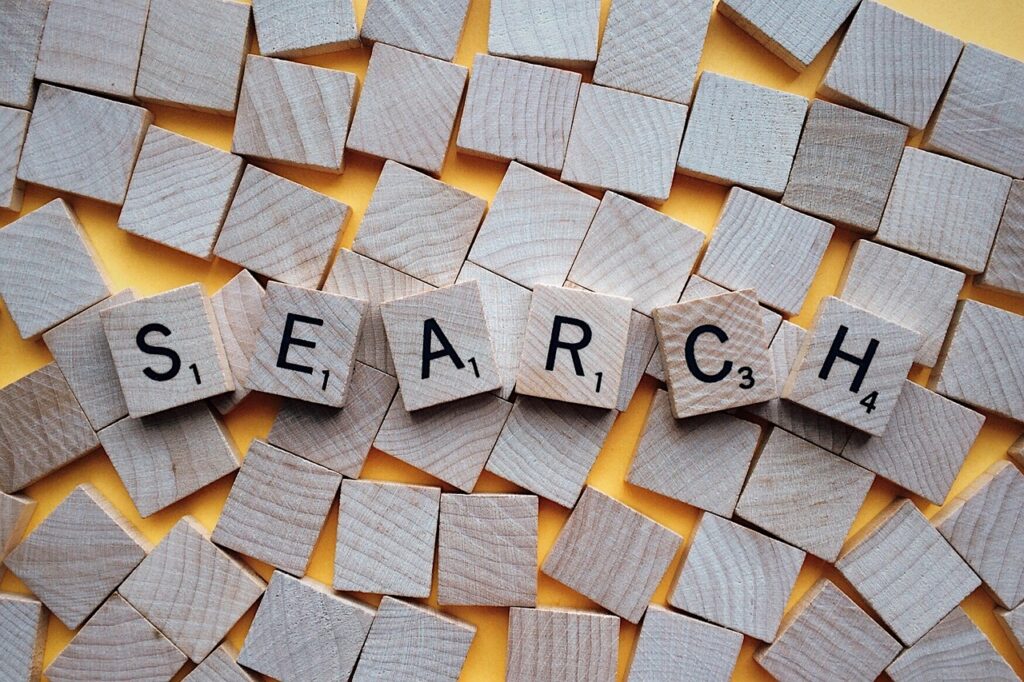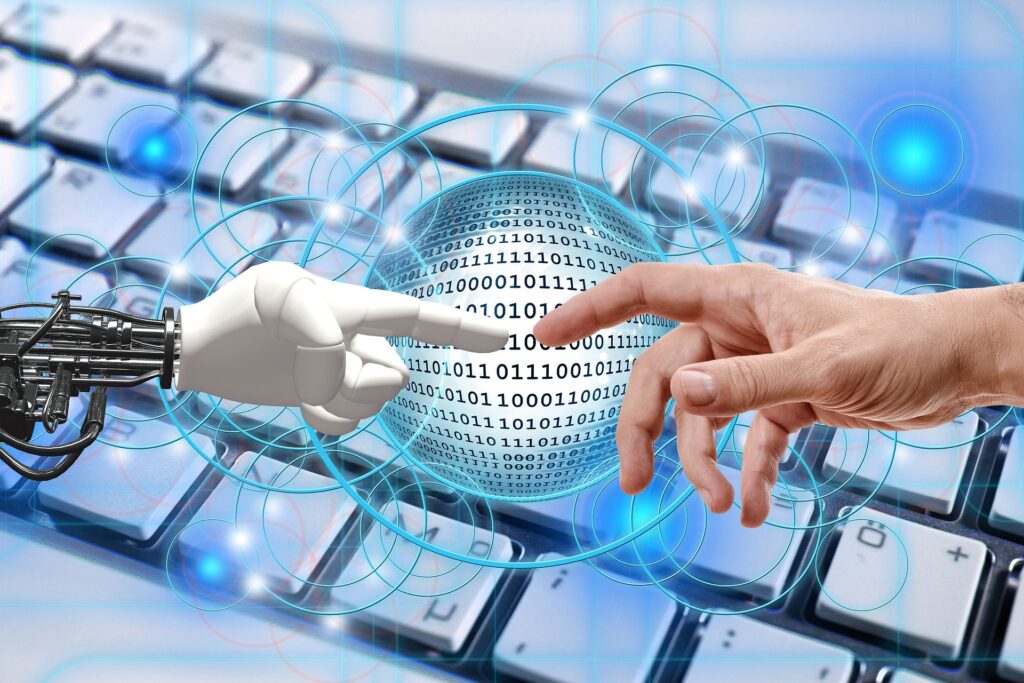The search for prior arts is crucial in the world of intellectual property. Prior art is all publicly accessible information that is relevant to an invention. It can be used to determine whether a patent application meets criteria for novelty and not-obviousness. To establish an invention’s uniqueness, this process involves searching through vast databases of scientific literature, patents and other documentation. This is a critical step in the application process for a patent and can have significant implications for innovators, businesses and inventors.
Prior art searches have traditionally been a time-consuming and laborious task. It is a difficult process due to the sheer amount of information and need for expert analyses. In the age of rapid technological progress, Artificial Intelligence has become a game changer in automating prior-art searches. It promises efficiency, accuracy and cost-effectiveness.
This article will explore the world of AI-powered prior art searches. We will explore the fundamentals behind prior art searches and their challenges, as well as the role that AI plays in this important aspect of intellectual properties. You’ll have a thorough understanding of the ways in which AI is revolutionizing prior art searches, including real-world examples, insights into implementation and a look into the future.

Understanding Prior Art Searches
It’s important to understand the nuances of prior art searches before we jump into AI-powered automation.
What is Prior Art Searches?
Imagine that you have created a revolutionary invention. It could change the entire world. You decide to file for a patent in order to protect your invention, and enjoy the benefits of your hardwork and creativity. There is a catch, however. For your invention to qualify as patentable, it has to meet certain criteria. One of these is novelty. Your invention must not have been made public or available before.
Prior art is a key factor. Prior art is all publicly available information which may be relevant to your invention. Prior art can include scientific publications, product guides, patents that have already been granted, and public demonstrations. Prior art searches are conducted to assess whether or not your invention is truly novel and inventive, based on the existing information. It’s basically a comprehensive examination of history to determine the uniqueness and novelty of the present.
Prior Art Searches and Patent Examination
Prior art searches are not an optional part of the patent application procedure – they are a requirement. Patent office examiners will thoroughly review your patent application when you submit it. They use their vast knowledge and resources to conduct prior art searches in order to verify your invention’s novelty and non-obviousness.
Your chances of getting a patent could be compromised if the examiner finds prior art that is similar to your invention. If your invention passes this test and is deemed to be truly novel and inventive, then you are one step closer towards obtaining a patent.
The Challenges of Traditional Prior Art Searches
The concept of prior-art searches may seem simple, but the implementation is not. Prior art searches have always been a difficult process, but they’ve become more complex in recent years.
1. Nature is Time Consuming
Imagine having to sift through millions of documents ranging from technical patents and academic research papers to find references to the invention you are looking for. The process may take several weeks, or even months depending on the complexity and resources of the invention. This is a lengthy process that can cause delays in the application of a patent.
2. Limited Human Expertise
To conduct a successful prior art search, you need to have a thorough understanding of the topic, technical jargon and legal nuances. Not only is it important to understand the nuances in the field, but also the keywords you use. It can be dangerous to rely solely on the expertise of humans, because the depth of knowledge needed is often far beyond the capabilities of one person or a small team.
3. Patent databases are vast and growing
In recent years, the volume of non-patent and patent literature has increased dramatically. This is due to global innovation and technology. It is impossible to keep up with the deluge. The language barrier is another significant obstacle, since prior art searches can span multiple languages and jurisdictions.
The Need for Automation
It is clear that the traditional method of prior art search will be disrupted by these challenges. Automation powered by Artificial Intelligence can help. AI can revolutionize prior art searches by making them more accurate, efficient and accessible.
The Rise of Artificial Intelligence (AI)
Artificial Intelligence, often referred to as AI, is a branch of computer science that deals with the creation of intelligent systems capable of performing tasks that typically require human intelligence. It encompasses various subfields, including machine learning and natural language processing (NLP).
Machine Learning: At the heart of AI is machine learning, a technique that enables computers to learn from data and improve their performance over time. Machine learning algorithms can analyze vast datasets and make predictions or decisions based on patterns and insights they extract.
Natural Language Processing (NLP): NLP focuses on enabling machines to understand, interpret, and generate human language. It’s a vital component in the development of AI systems that can work with text-based information, which is prevalent in intellectual property.
Automation Tools and Technologies
AI-driven automation in intellectual property has seen substantial growth and development in recent years. Let’s explore some of the key tools and technologies that are transforming prior art searches:
Patent Search Engines: These are specialized search engines designed to explore patent databases, making it easier for researchers to find relevant patents. While they don’t possess advanced AI capabilities, they are a part of the automation ecosystem.
AI-Powered Prior Art Search Tools
These are the game-changers we’re here to discuss. These tools leverage AI, including machine learning and NLP, to automate various aspects of prior art searches, from data mining to semantic search. AI-Powered Prior Art Search Tools represent a technological leap forward in the world of intellectual property. These sophisticated platforms harness the capabilities of Artificial Intelligence (AI), specifically machine learning and natural language processing (NLP), to automate and enhance the process of searching for prior art. At their core, these tools are designed to scour vast and complex repositories of patent documents, scientific literature, and technical manuals, sifting through this sea of information to pinpoint relevant references to inventions. What sets these tools apart is their ability to mimic human-like understanding of language, context, and concepts, enabling them to provide more nuanced and comprehensive results.
How AI-Powered Tools Work
AI-Powered Prior Art Search Tools operate through a multi-step process that leverages AI techniques to achieve their remarkable results.
1. Data Mining: At the heart of these tools is a data mining process where AI algorithms systematically comb through extensive databases. This includes patent databases from various jurisdictions, scientific journals, research papers, and other relevant repositories. During this phase, the tools collect and catalog vast amounts of textual and visual data.
2. Text Analysis: Natural Language Processing (NLP) is a crucial component. It allows these tools to analyze the textual content of documents. Unlike traditional keyword-based searches, NLP enables the AI to grasp the context, meaning, and relationships between words and phrases. This means that the tools can identify relevant documents even if they don’t contain the exact keywords initially provided by the user.
3. Machine Learning Algorithms: The cornerstone of these tools is machine learning, particularly deep learning models like neural networks. These algorithms continuously improve as they process more data and learn from their experiences. By training on large datasets of patent information and prior art, the algorithms become increasingly adept at recognizing patterns, similarities, and connections between different documents.
4. Semantic Search: One of the standout features of AI-powered tools is semantic search. This goes beyond the surface-level keyword matching. It dives into the semantic meaning of terms, understanding synonyms, related concepts, and even context. For instance, if a user searches for “foldable smartphones,” the AI can identify relevant patents that use terms like “flexible displays” or “bendable screens.”
5. Natural Language Query: These tools offer a user-friendly interface where users can input their queries in plain language. This means that inventors and researchers without a deep understanding of patent jargon can still utilize these tools effectively. The AI translates these plain language queries into complex searches, retrieving documents that match the intent of the user’s request.
6. Image Recognition: Some AI-Powered tools are equipped with image recognition capabilities. They can analyze patent drawings and diagrams to find relevant prior art, which is particularly useful when dealing with inventions that are heavily visual, such as designs for machinery or electronic devices.
In essence, AI-Powered Prior Art Search Tools combine the analytical power of AI with the subtleties of human language and context comprehension. They take what used to be a labor-intensive, time-consuming, and often imperfect process and transform it into a highly efficient and accurate means of identifying prior art. This capability holds significant promise for inventors, businesses, and intellectual property professionals, as it streamlines patent searches and ensures that groundbreaking innovations receive the protection they deserve.
Considerations for Implementing AI in Prior Art Searches
Artificial Intelligence in Prior Art Searches offers many benefits but also requires careful consideration.
- Data Security and Privacy: Since AI-powered search tools may need to access sensitive or proprietary information during the process of searching, it is important to ensure data security and privacy. It is important to protect confidential information, and adhere to relevant data protection laws.
- Intellectual Property Owning: AI generated analysis and insights from the patent documents can raise questions regarding intellectual property ownership. Organizations must clarify who owns AI-generated content, and make sure it does not infringe existing patents.
- Fairness and Bias: AI algorithms may inadvertently include bias in the training data. This can lead to unfair or incomplete results. It is a constant challenge to mitigate bias and ensure fairness in the search results.

The Challenges of AI Implementation in Prior Art Searches
The field of AI evolves at an accelerated pace. New models and techniques are constantly emerging. It can be difficult to keep up with the rapid technological advancements, and to adapt AI tools in a way that is appropriate. Integrating AI prior art search tools with existing workflows and system can be difficult. It is important to ensure compatibility, provide adequate training and manage the organizational changes that come with automation.
While AI is a cost-saving tool in the long term, it comes with upfront costs. To justify the expenditures, businesses and organizations need to carefully evaluate their return on investment. AI cannot substitute the expertise of human professionals. The most effective way to combine the AI’s strengths with the creativity and judgment of experts is by combining the two.
Ensure ethical use of AI tools, and compliance with laws and regulations. Privacy issues, intellectual rights and fairness of search results are all addressed. AI professionals need to be trained to use the tools and interpret their results. Understanding AI’s capabilities and limitations is essential to harnessing the full potential of AI. The patent landscape has a complex structure, encompassing multiple languages, jurisdictions and technical domains. It is a constant challenge to ensure that AI tools are able to handle this complexity.

